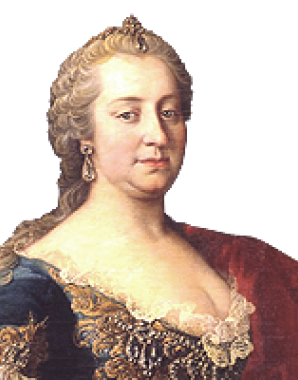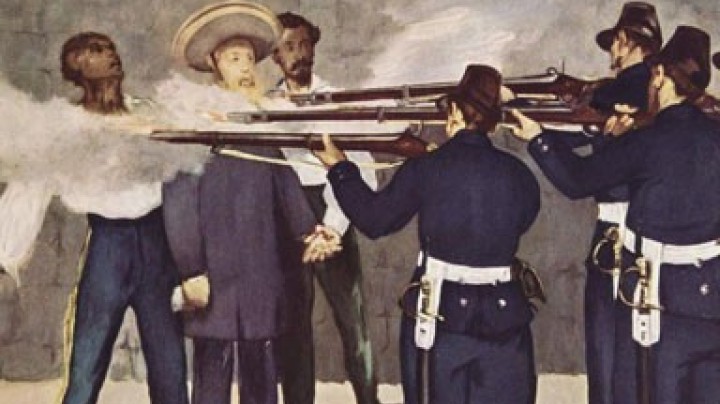She’s alive! Maria Theresa recovers from smallpox
In May 1767 shocking news rocked the Habsburg dominions: Empress Maria Theresa had contracted smallpox. After nearly a week the all-clear was given: the monarch was on the road to recovery.
A highly contagious disease, smallpox claimed repeated victims in the House of Habsburg. The imperial family was particularly badly affected during the 1760s: within the space of just a few years Archduke Karl Joseph and Archduchess Johanna Gabriela died, and Joseph II lost both his wives, Isabella of Parma and Maria Josepha of Bavaria. Maria Theresa was infected while looking after her daughter-in-law Maria Josepha. Joseph immediately ordered prayers for her speedy recovery to be said in churches throughout the Habsburg dominions. Against all expectations her condition improved after about a week, and the prayers of petition were succeeded by thanksgiving.
Between 14 June and 22 July 1767 at least thirty celebrations are recorded as having taken place in the various churches in and around Vienna alone. The Wienerisches Diarium, predecessor of today’s Wiener Zeitung, carried detailed reports of these festivities, noting that the highest court officials, colleges, parish councils and associations ‘practically vied with one another for supremacy in the setting of the music, decorations and lighting of the churches’. This positive event provided the institutions and ecclesiastical communities with an ideal opportunity to make their mark and to pay their respects to the monarch.
At the same time around forty sermons, poems and speeches were published which paid literary tribute to Maria Theresa’s recovery and extolled the monarch’s outstanding virtues. Their authors claimed it was above all the numerous prayers, entreaties and tears of her subjects during her illness that had led to her recovery. The monarch’s survival against all the odds was celebrated in a number of the poems incorporating the recurrent motif of ‘She lives’ or ‘Theresa lives’.
Together with the sermons, speeches and poems, the services of petition and thanksgiving held all over the Habsburg dominions gave the people the chance to participate directly in events as they unfolded, thus strengthening the emotional ties of subjects to their monarch and publicly propagating the high esteem in which Maria Theresa was held. The celebrations culminated in a service held in Vienna’s St Stephen’s Cathedral on 22 July. Joseph persuaded his mother to take part on this occasion and appear in public for the first time since the death of her husband Emperor Franz Stephan two years previously.















